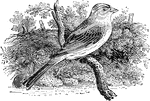Clipart tagged: ‘woodpecker’
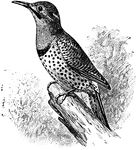
Northern Flicker
The Northern Flicker (Colaptes auratus) is a bird in the Picidae family of woodpeckers.

Woodpecker
While a woodpecker is drilling, the two parts of the bill are closed together, making a wedge-pointed…

Woodpecker
A genus of birds belonging to the climbers, and so called from their habit of pecking into trees in…
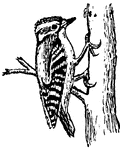
Woodpecker
The woodpeckers, piculets and wrynecks are a family, Picidae, of near-passerine birds . Members of this…

Woodpecker Skull
"Saurognathous skull of a nesting Picus minor. x4 diameters, after Parker. Px premaxillary: dpx, its…
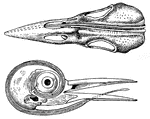
Woodpecker Tongue
This illustration shows the special development of tongues of woodpeckers; a, skull of flicker, showing…
Woodpecker Tongue
An illustration of a woodpecker's tongue. The long sticky tongues, which possess bristles, aid these…
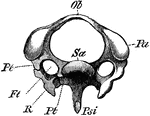
The Diagram of a Third Cervical Vertebra of a Woodpecker
"Third cervical vertebra of Woodpecker (Picus viridis). (Viewed anteriorly.) Ft, vertebrarterial foramen;…
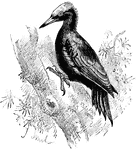
Great Black Woodpecker
Great Black Woodpecker (Drycopus martius). This bird of one of the largest of its tribe, black with…

Downy Woodpecker
The woodpeckers are typical climbers, with two toes turned forward and two backward, (zygodactyl).
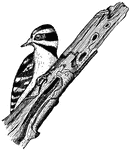
Downy Woodpecker
The Downy Woodpecker, Picoides pubescens, is the smallest woodpecker in North America. Adults are mainly…
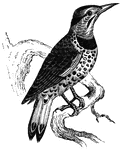
Golden-Winged Woodpecker
The golden-winged woodpecker is known for burrowing its own holes into live trees to use as a nest.
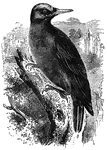
Great black Woodpecker
Chiefly making its habitat in Northern Europe, the great black woodpecker uses its long, sharp bill…
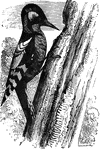
Great Spotted Woodpecker
The great spotted woodpecker measures an average of nine and a half inches long, and is found throughout…

Green Woodpecker
The green woodpecker is found throughout Europe, and uses its beak to make holes in tree trunks to roost…
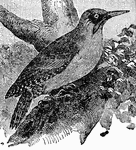
Green Woodpecker
"Woodpecker is the popular name of the old Linnæan genus Picus, now greatly divided. Woodpeckers…
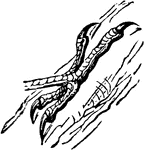
Foot of a Green Woodpecker
The foot of a Green Woodpecker, a bird belonging to the Scansores order. Scansores is an order of birds,…
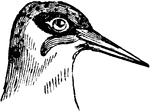
Head of a Green Woodpecker
The head of a Green Woodpecker, a bird belonging to the Scansores order. Scansores is an order of birds,…

Hairy Woodpecker
The hairy woodpecker grows nine inches long. It likes to eat wood-boring beetles and ants.

Lesser Spotted Woodpecker
It is not only to seek for food that Woodpeckers make holes in trees, but also to establish their nests,…
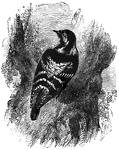
Lesser Spotted Woodpecker
Common in England and distributed across Europe, the lesser spotted woodpecker measures about five and…
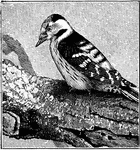
Lesser Spotted Woodpecker
"Dendrocopus minor, or Lesser Spotted Woodpecker, are the British representatives, The colours in this…
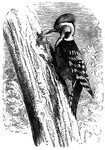
Middle Spotted Woodpecker
Found in Southern Europe, the middle spotted woodpecker has a black coat, with a crimson underside and…
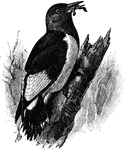
Red-Headed Woodpecker
The Red-headed Woodpecker, Melanerpes erythrocephalus, is a small or medium-sized woodpecker from temperate…

Yellow-Bellied Sapsucker
From the woodpecker family, the Yellow-Bellied Sapsucker (Sphyrapicus varius) is known for drilling…
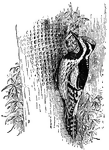
Yellow Bellied Woodpecker
The yellow bellied woodpecker or sapsucker drills holes into valuable trees such as sugar maple, birch,…
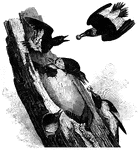
Redheaded Woodpeckers
The most common type of woodpeckers found in the United States, the red-headed woodpecker feeds on various…

Wryneck
Like Woodpeckers, they can hang upon trees, and sustain themselves in a vertical position for a long…
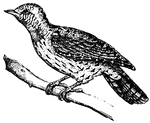
Wryneck
Like Woodpeckers, they can hang upon trees, and sustain themselves in a vertical position for a long…
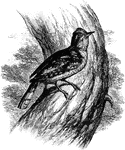
A Wryneck Sitting on a Tree
"Iynx torquilla, the Cuckoo's-mate or Snake-bird, is fairly common in England, and extends thence to…


